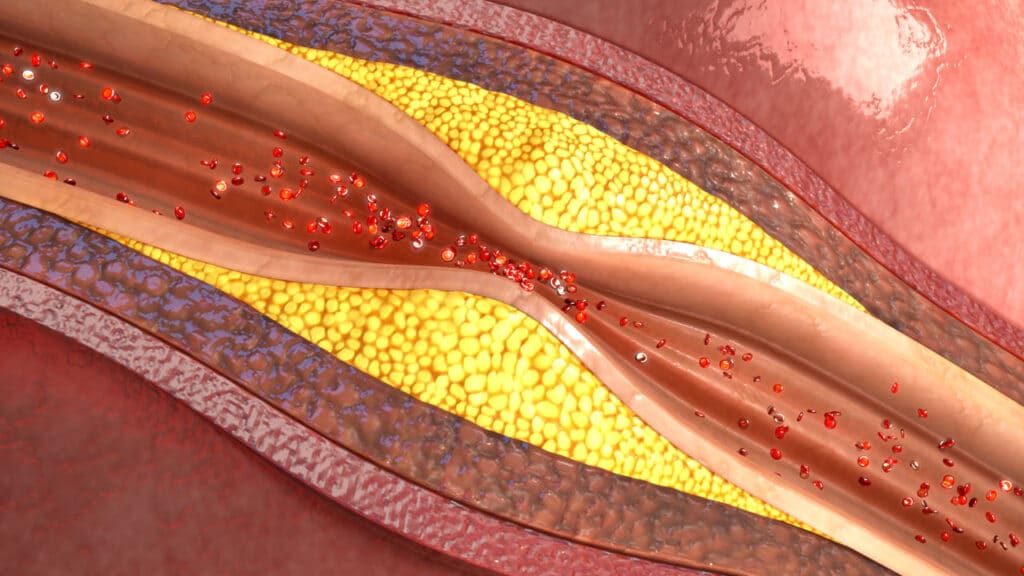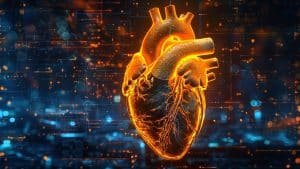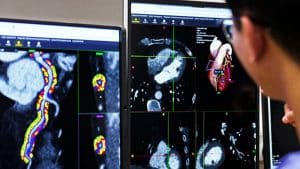What exactly happens when your cholesterol levels are too high? You’ve probably been warned about the dangers, but sometimes those warnings can sound a little vague. If you don’t have some medical knowledge, a complicated-sounding term like atherosclerosis may even make you zone out a little.
Unfortunately, atherosclerosis is too serious to ignore. It may not show symptoms when it first shows up, but in the long term, it can cause major, even potentially fatal, issues for your heart, brain and kidneys. And quite often it starts with unhealthy cholesterol levels.
It’s not always cholesterol. Our old enemies hypertension, diabetes and smoking are all risk factors as well. What they all have in common is the damage they do to the arteries. Plaque accumulates on the artery walls, which eventually leads to the vessels narrowing. That can restrict blood flow.
When the plaque starts to build up, the arteries try to enlarge to compensate, which means blood flow isn’t immediately impacted. It can take a while to reach a serious level. For many people, they won’t even realize they have atherosclerosis until they have a major event like a heart attack or stroke.
Atherosclerosis can start to develop in childhood, but it’s often not noticed until middle age or older. Once narrowing of the arteries becomes more pronounced, it may lead to abnormal heart rhythms, angina, palpitations, sweating, dizziness, nausea or shortness of breath. Limbs may feel numb. If the blocked arteries are in the neck, you may have trouble thinking and concentrating or have headaches.
It’s the cutting off of blood to the brain that can lead to strokes, one of the most serious possible consequences of atherosclerosis. Other particularly worrying conditions stemming from these narrowed blood vessels include coronary artery disease, peripheral artery disease and kidney failure.
Obviously, you want to identify atherosclerosis as soon as possible. Angiography can be used to visualize the blood vessels. Cardiac stress testing checks the flow of blood around the heart. Treatment may include statins to reduce cholesterol or anticoagulants to prevent clots in the blood. Surgical options can include vascular bypass surgery or angioplasty.
It’s even better if you can prevent atherosclerosis before it starts by making good diet and exercise choices and cutting out the smoking. This is often an avoidable disease if you’re aware of things like cholesterol. If not, it can be treated.




